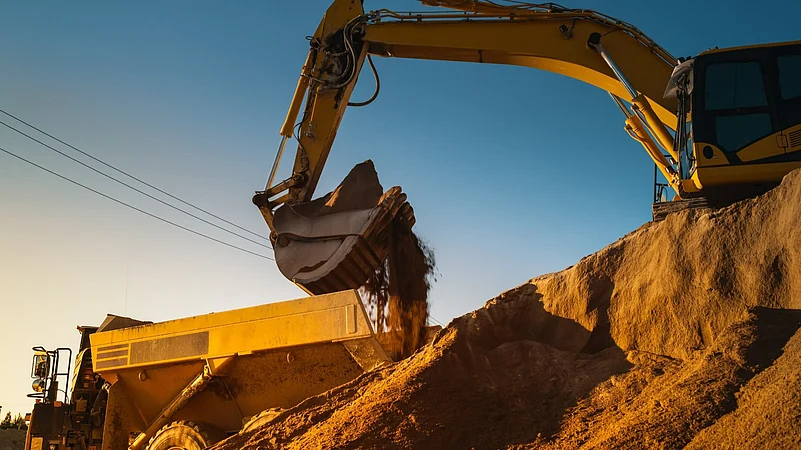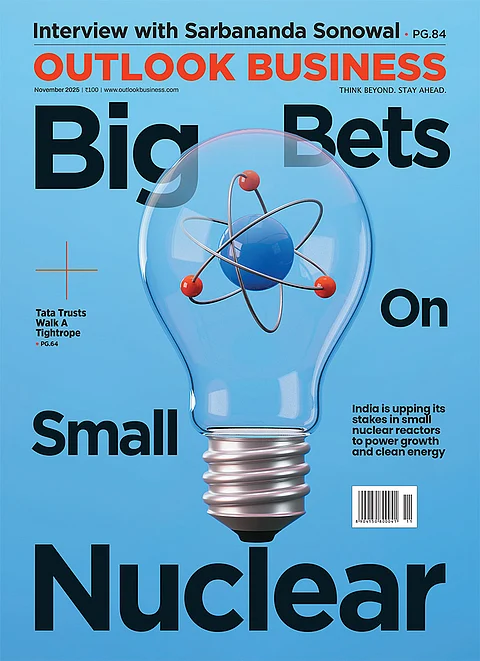The Geological Survey of India (GSI) is conducting advanced exploration of rare earth minerals in West Bengal’s Purulia district, with GSI Director General Asit Saha saying that G2-level exploration is expected to complete advanced exploration in Purulia district.
“We are expected to complete G2 level exploration for rare earth in two locations — one in Assam’s Karbi Anglong district and the other in Bengal’s Purulia,” GSI director-general Asit Saha told The Telegraph on the sidelines of the 3rd edition of the Minerals and Mining Conclave 2025 organised by ASSOCHAM on July 11.
The specific rare earth elements in the blocks have not been specifically identified yet, however, the expected presence of a “basket of 14-17 rare earth minerals” could make the extraction process technically challenging, said Saha.
According to The Telegraph, Saha said that the report will be submitted to the Union government after the exploration is complete and the report will be available to the states for planning further steps including auction of the blocks.
The exploration is underway in two blocks in Assam and West Bengal. The blocks are located in Purulia and in the Karbi Anglong district of Assam and would be ready for auction within a year, Mr. Saha told PTI. G2-level exploration refers to an advanced stage of exploration where the occurrence of minerals is analysed and eventually sampled to evaluate quantity and quality.
Global Supply Shifts
This move comes at a time when the world looking for alternatives to rare earth sources, after China curbed rare earth and magnet exports in April 2025 in retaliation against US tariffs.
According to Reuters, the curbs led to a 75% drop in magnet exports in the two months after the restrictions were imposed and forced several global auto makers to pause some production.
The International Energy Agency (IEA) report stated that the global supply landscape for rare earth elements is gradually evolving. While China currently plays a leading role in both mining and refining, its projected share is expected to decrease from 69% to 51% in mining and from 90% to 76% in refining by 2030. This indicates a global effort to develop more balanced and resilient supply chains.




























